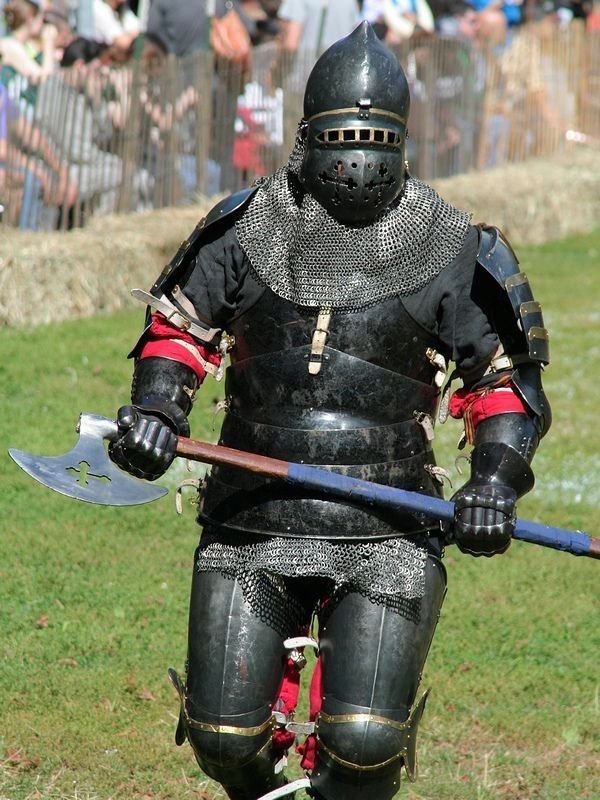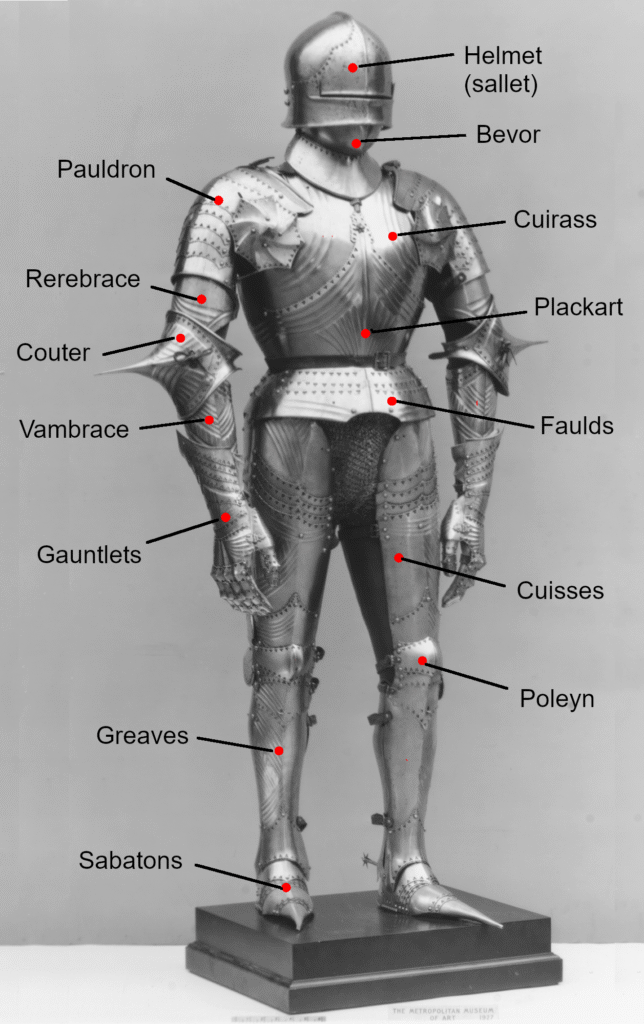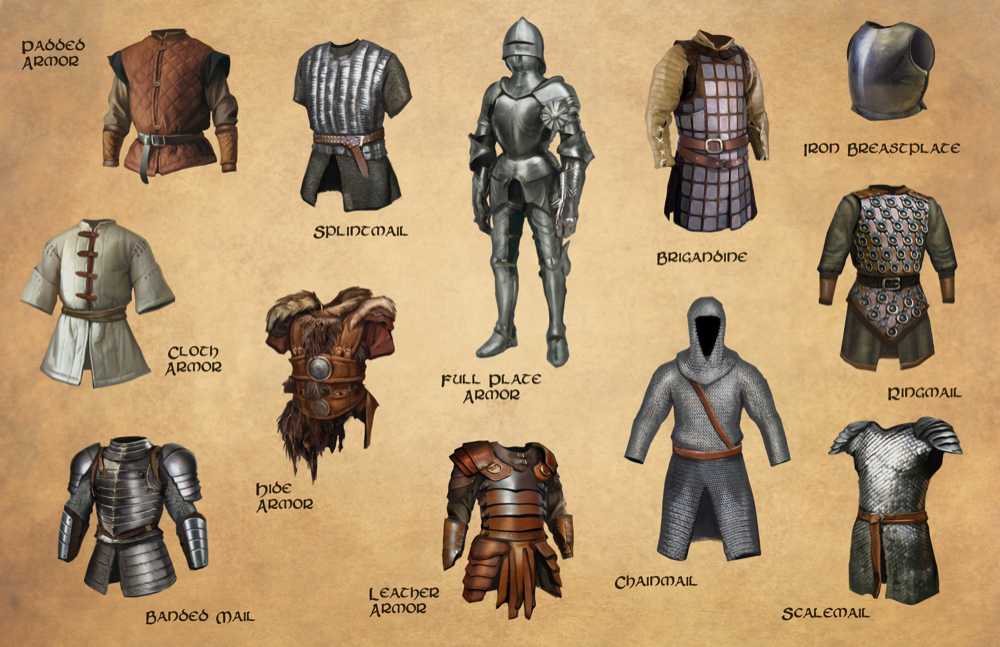Armor: Humanity’s Answer to “Please Stop Hitting Me”
From the first time someone picked up a stick and swung it at someone else, the second person probably thought, “Yeah, I need something between that and me.” That something became armor—one of the most enduring symbols of protection, status, and technological evolution in warfare. Whether it’s a leather jerkin or a full steel suit, armor has always been about buying time, saving lives, and tipping the odds—just a little—in your favor.


The Origins of Not Dying So Easily
Armor has existed in some form for thousands of years. At first, it was as simple as thick hides or layered cloth—anything that might soften a blow or deflect a glancing strike. As weapons advanced, so did armor. From the bronze breastplates of the ancient Near East to the iron chainmail of Roman soldiers, humans kept improving their defense game to keep up with the escalating offense game.
By the medieval period, armor design became a precise science. It wasn’t just “put on metal.” It was: What kind of metal? How thick? How flexible? Can you still breathe, see, and swing a sword in it?

Types of Armor: Protection with Personality
- Leather Armor: Lightweight, cheap, and flexible. Worn by scouts, archers, and anyone who needed to move fast and quietly. Better than nothing—but not by much.
- Chainmail: Thousands of interlocking metal rings. Excellent at stopping slashes, decent against stabs, and surprisingly mobile. Used for centuries across cultures.
- Plate Armor: The peak of personal defense in the medieval era. Full suits of articulated steel plates could shrug off swords, arrows, and even early firearms.
- Brigandine & Scale Armor: A mix of leather and metal plates, offering a balance of mobility and protection. Worn by soldiers who couldn’t afford full plate but still wanted to be harder to kill.

Notable Moments of Glory and Frustration
Successes:
- Battle of Agincourt (1415): While longbowmen dominated the headlines, English knights in plate armor were impressively hard to kill once they closed in.
- Samurai Armor (Ō-yoroi and later dō-maru): Combined elegance, protection, and mobility. Designed for mounted archery and fast, deadly combat.
- Milanese and Gothic Plate (15th century): Masterworks of engineering. Armorers created suits that covered every inch of the body and still allowed a man to mount a horse and fight effectively.
Failures:
- Weight vs. mobility. Even the best armor was tiring. A knight in full plate could fight—but not forever. Fatigue could be a killer.
- Heat and exhaustion. Long campaigns in hot climates turned heavy armor into a furnace. Many soldiers collapsed before a sword even touched them.
- Firearms. Once guns became widespread, traditional armor began to fail. Bulletproofing was attempted (and even worked, briefly), but soon it became impractical to carry enough metal to survive a musket shot.
More Than Just Protection
Armor was also a statement. Kings wore gilded plate, generals had etched cuirasses, and samurai painted theirs with clan symbols and lacquer. Armor told stories—about wealth, rank, culture, and identity. In many cases, it was as much psychological warfare as physical. A gleaming knight on horseback or a samurai with a fearsome kabuto (helmet) was designed to look invincible.
But behind all the glamour was a very real purpose: survival.
Final Reflection
Armor represents the eternal struggle between destruction and defense. As weapons evolved to punch harder, armor evolved to block smarter. It was never about being untouchable—it was about giving yourself just a little more time, a little more safety, a little more hope to come home alive.
Today, we still use armor: in the military, law enforcement, even sports. The materials have changed—Kevlar, ceramics, carbon fiber—but the intent remains the same: protection, resilience, survival.
Because in the end, whether it’s the battlefield of the past or the uncertain ground of today, armor has always been about one thing: standing up when others fall.



Leave a Reply